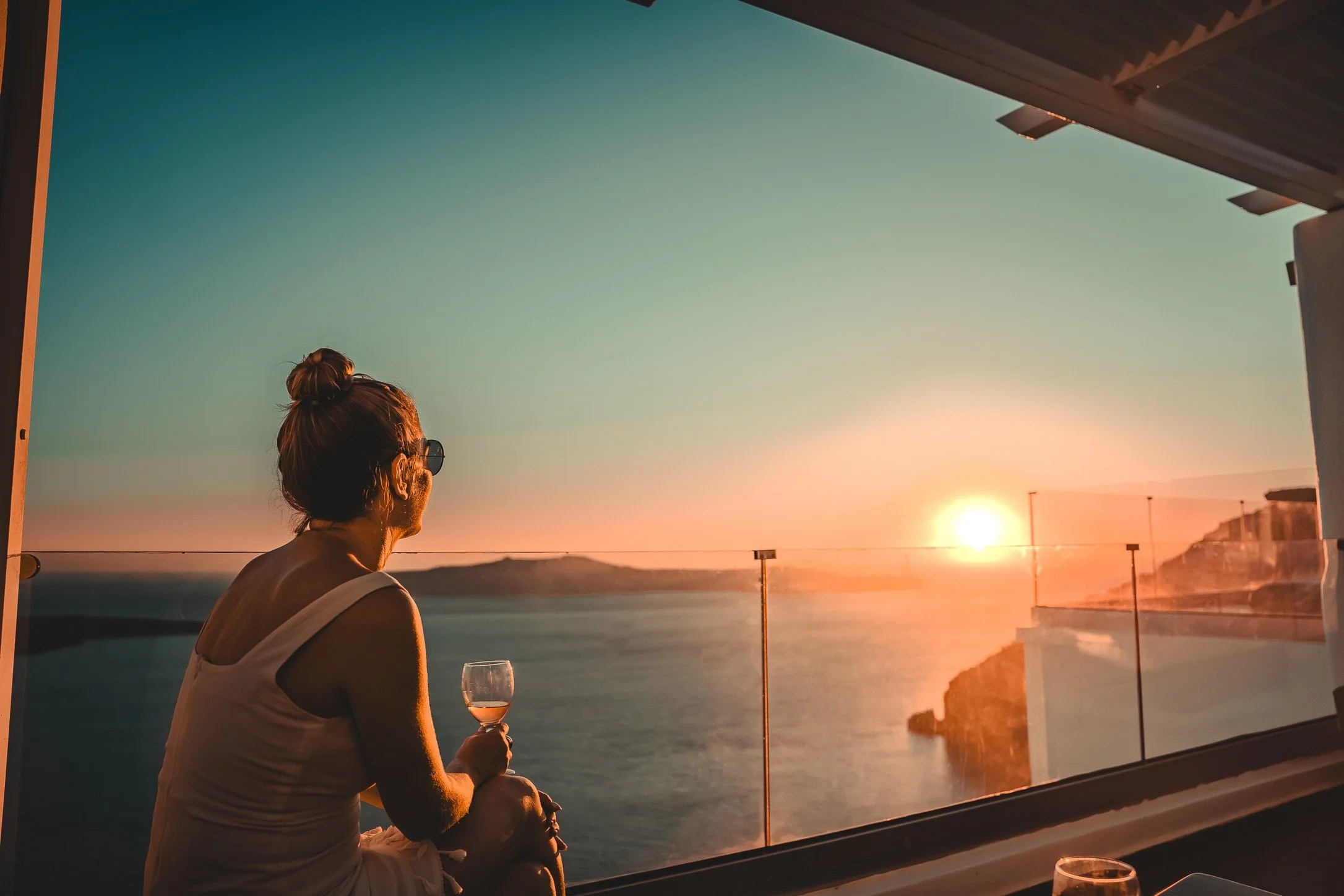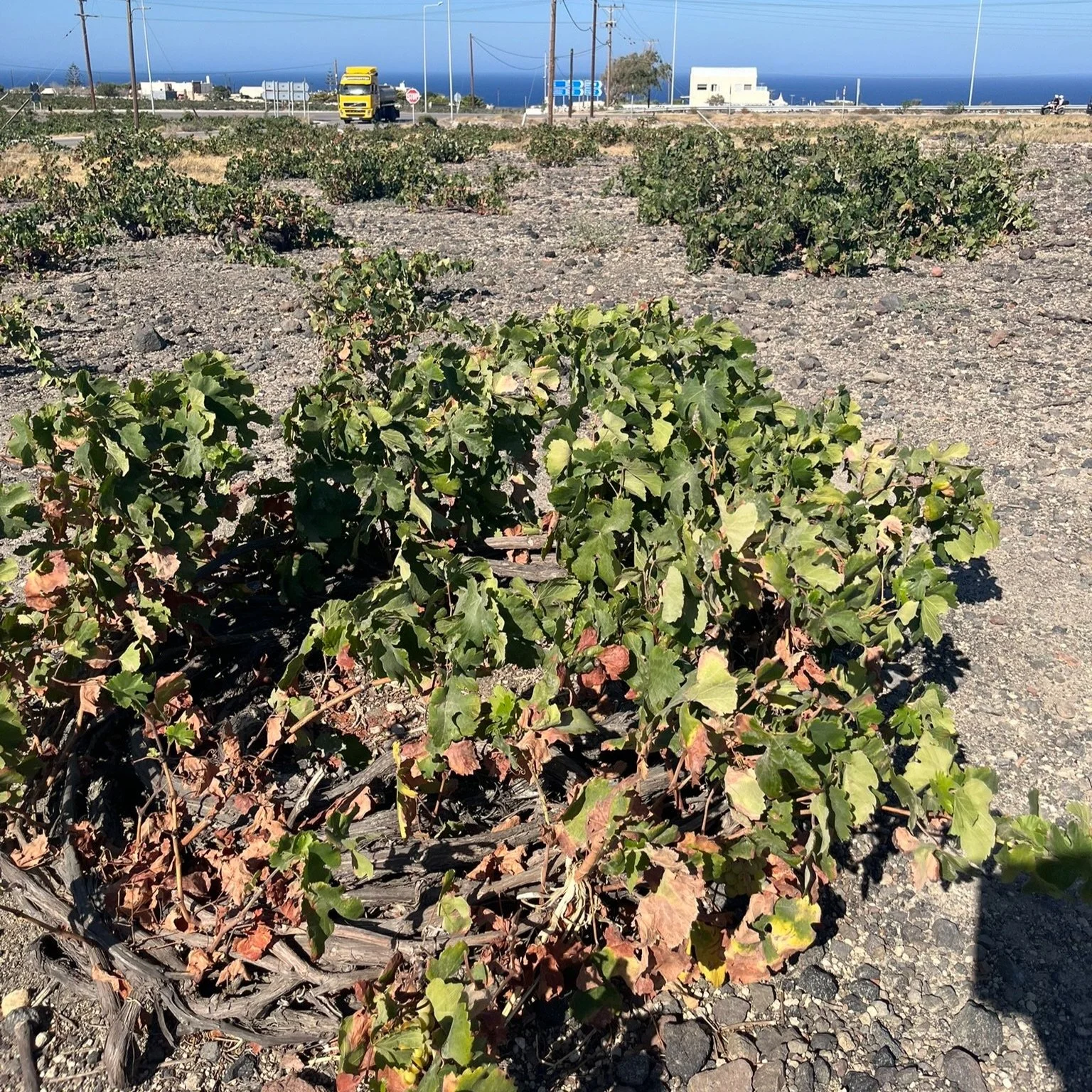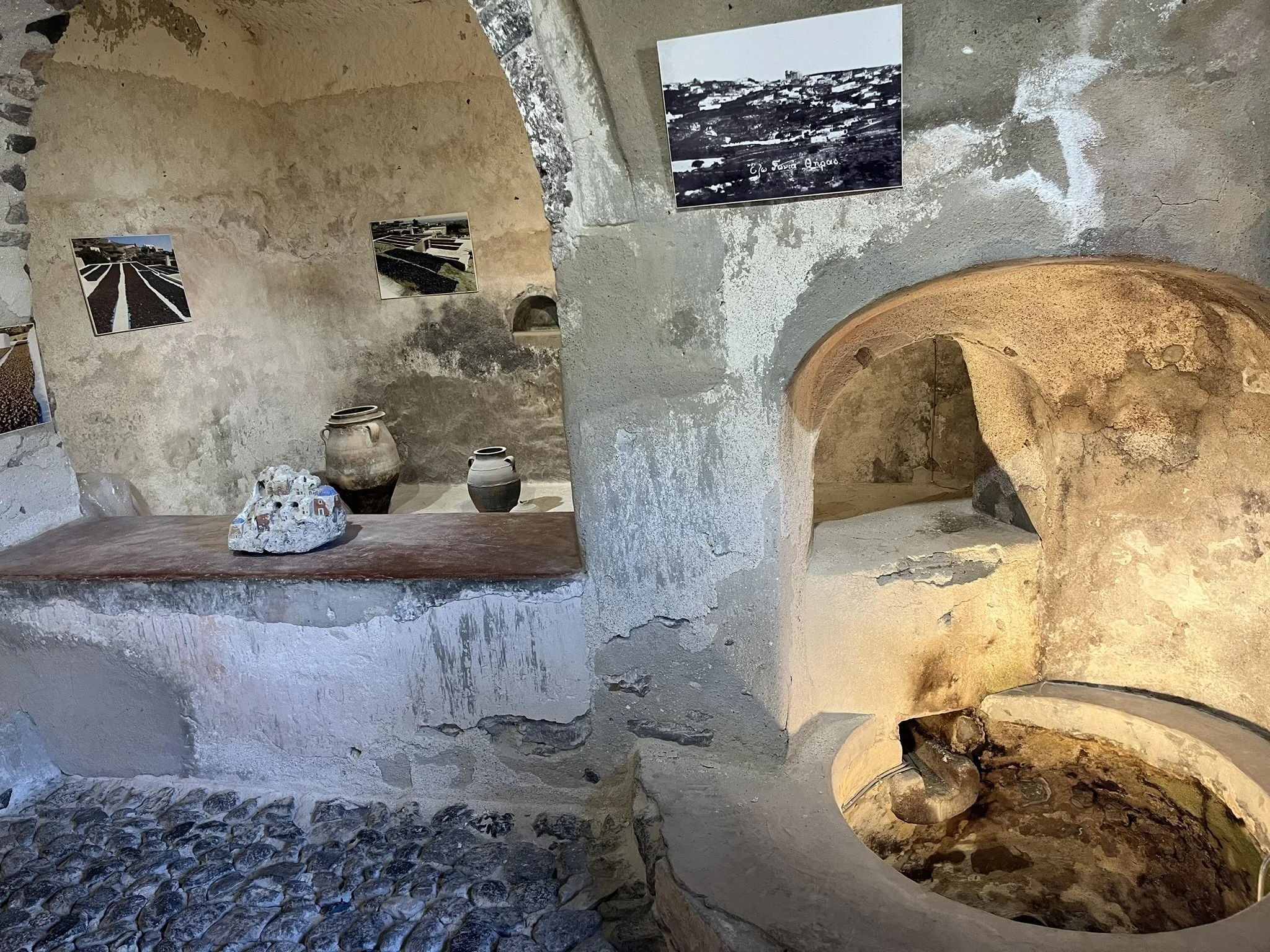Greece & the Case For the House White Wine
Sorry, this is not a post about marketing or copywriting or strategy. It’s just a post about wine 🤪
I took some time off here because I was planning a wedding (so many to-dos!) and then was off on my honeymoon in Greece (take me back!). And as I get back into the swing of work and copywriting, I’m still basking in the memories of the amazing wine I got to experience while I was away.
Greece absolutely blew me away with its beauty, charm, and memorable wining and dining. We spent most of our time on Naxos and Santorini — two breathtaking islands with an amazing array of culture, nature, food, and wine.
I especially want to talk about the Greek wine because it is exactly what you want during a weeklong trip of indulging and adventuring.
So here are my top takeaways on Greek wine:
1.) When in doubt, order the House White. It never did me wrong. Always crisp, refreshing, aromatic. And just perfectly beautiful after a long, hot day of exploring or swimming or wandering.
2.) I learned that many of the local family wineries don’t sell their wine commercially or export it to places like the US. Many of them grow wine for themselves or sell in bulk for the local restaurants to sell as a house wine.
A lot of these wines aren’t really labeled as a variety, either, because many of the old family vineyards use indigenous varieties that we aren’t familiar with, or they’re made of field blends that don’t follow the winemaking classifications. So they’re essentially labeled as table wine and meant to simply be enjoyed.
3.) Since many of the local wines consist of different blends and indigenous varieties, it felt like every restaurant’s House Wine was a little different. It was a joy to discover a constant stream of new wines at each restaurant - always slightly different, but generally all of them fresh, crisp, refreshing, acidic, with beautiful citrus and floral elements and salty sea breeze notes – island life, after all.
4.) Of course, there are signature Greek varieties that are classified, namely Assyrtiko and Agiortiko. Agioritiko is a red wine that tends to be fruity and spicy, while Assyrtiko is a lot like Sauvignon Blanc - super sharp and acidic and green and bursting with flavor.
5.) Assyrtiko’s home is the volcanic island of Santorini, where I spent a few beautiful days. Here, I got to see the famous Greek method of training the grapevines into circular baskets on the ground. This protects the grapes from the intense wind and heat. It was crazy to see grape clusters just chilling on the ground, but that’s how growers have adapted to the harsh climate there.
6.) I also got a tour of a historic winemaking cellar on Santorini, at Art Space Winery. To beat the intense heat, all winemaking operations were done underground in caves where the temperature was cool and consistent.
7.) Santorini is a volancic island, meaning the land is basically made of solidified volcanic ash. The winemakers don’t work with springs and nutrients like we’re used to here in CA. Instead, the ground is composed of pumice - hardened ash. It’s lightweight and holds onto water, so the grapevine roots grow very deep into the ground to search out lingering drops of rain water. This soil gives the wines their characteristic minerally, flinty taste. Which is just delicious.
7.) The wine - especially the white - was always just what was needed alongside a fresh Greek salad, bowl of tzatziki, chicken kebabs, calamari, moussaka, dolmas…
(Honestly one of the best meals of the trip, and look how simple it was)





